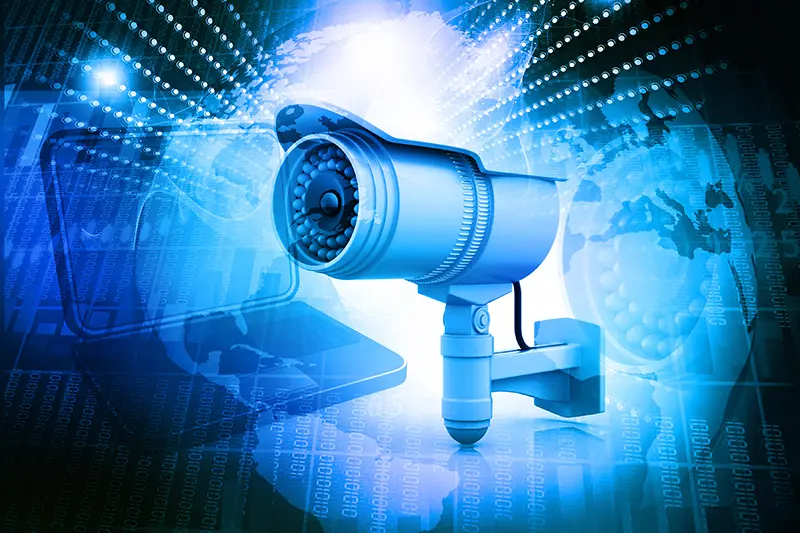License Plate Reader Cameras: An Essential Component of Modern Security Systems
In an era dominated by technological advancements, the integration of cutting-edge security measures has become imperative. Among the various innovations, License Plate Reader (LPR) cameras have emerged as a crucial element in enhancing the efficiency and effectiveness of modern security systems. These cameras, also known as license plate recognition cameras, utilize advanced technology to capture and analyze license plate information rapidly. In this comprehensive article, we will delve into the significance of LPR cameras, their functioning, applications, benefits, and the evolving landscape of license plate recognition technology.
Table of Contents
Understanding License Plate Reader Cameras
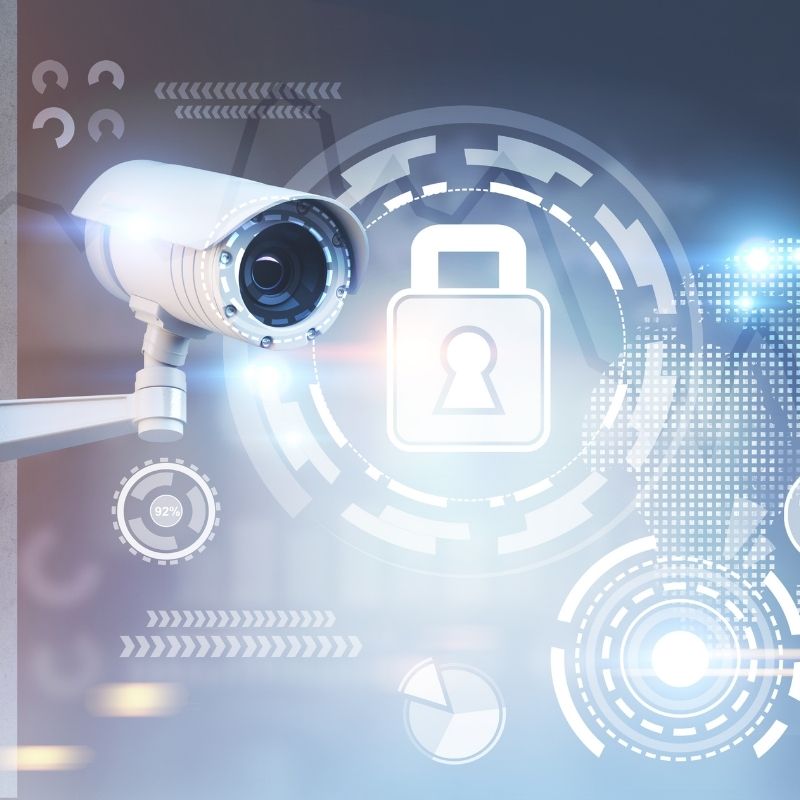
License Plate Reader cameras, often referred to as LPR cameras or license plate recognition cameras, are specialized surveillance devices designed to capture, analyze, and store license plate information. These cameras leverage optical character recognition (OCR) technology, enabling them to convert images of text into machine-encoded text. In the case of LPR cameras, this technology is specifically employed for the identification and processing of license plate numbers.
The functionality of license plate recognition cameras involves a series of intricate processes. The camera captures images of license plates from vehicles passing through its field of view. These images are then processed to extract the alphanumeric characters on the license plates. The extracted information is subsequently compared to a database of known license plate numbers, facilitating the identification of vehicles of interest. The speed and accuracy of this process make License plate reader cameras an invaluable tool for law enforcement, parking management, and various other security applications.
Applications of License Plate Reader Cameras
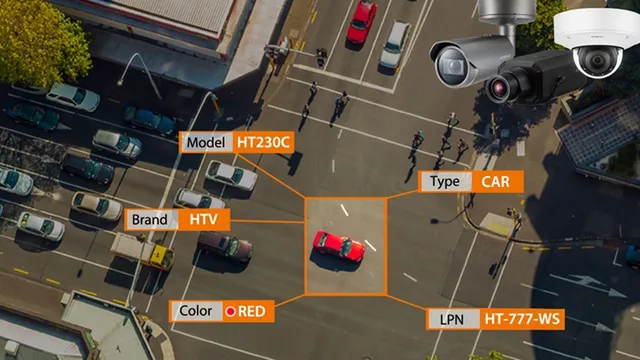
Law Enforcement and Public Safety
One of the primary applications of LPR cameras is in law enforcement and public safety initiatives. These cameras assist in identifying and tracking vehicles associated with criminal activities, including stolen vehicles, missing persons, and suspects involved in ongoing investigations. The real-time data provided by LPR cameras enhances the ability of law enforcement agencies to respond swiftly and make informed decisions.
Traffic Management and Toll Collection
LPR cameras contribute significantly to traffic management and toll collection systems. In urban areas, these cameras monitor traffic flow, detect traffic violations, and provide data for optimizing traffic signals. Additionally, LPR technology is utilized in toll collection systems, streamlining the process and reducing the need for manual toll booths.
Parking Management
Parking facilities in urban environments benefit from the implementation of LPR cameras for efficient parking management. These cameras automate the process of monitoring entry and exit, track parking duration, and identify vehicles in violation of parking regulations. This not only improves the overall management of parking spaces but also enhances revenue collection for parking authorities.
Border Control and National Security
LPR cameras play a crucial role in border control and national security efforts. By monitoring and recording license plate information at border crossings and checkpoints, authorities can track the movement of vehicles and individuals, identify potential security threats, and enhance border security measures.
Commercial and Industrial Security
Businesses and industrial facilities utilize LPR cameras to enhance security on their premises. These cameras can monitor and control access to restricted areas, track the movement of vehicles within the facility, and provide an additional layer of security against unauthorized entry.
Benefits of License Plate Reader Cameras
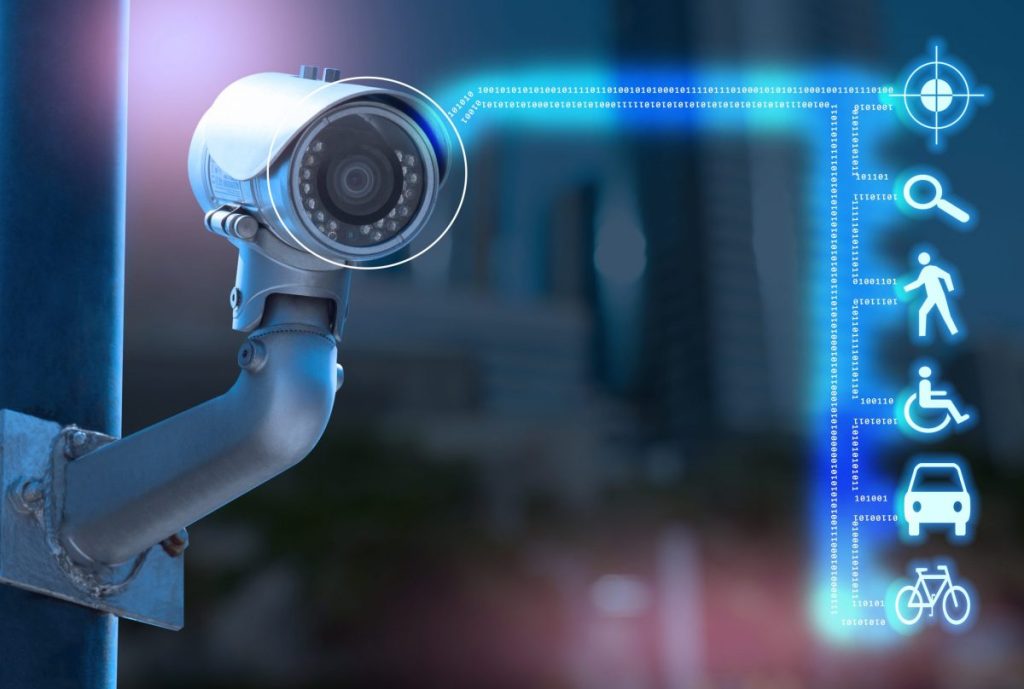
Real-time Identification and Tracking
One of the key advantages of LPR cameras is their ability to provide real-time identification and tracking of vehicles. This rapid processing capability is crucial in scenarios where immediate action is required, such as in law enforcement situations or emergency response.
Crime Prevention and Investigation
License Plate Reader cameras serve as powerful tools for crime prevention and investigation. By automatically identifying vehicles associated with criminal activities, law enforcement agencies can prevent crimes, apprehend suspects, and gather evidence for investigations.
Enhanced Traffic Management
In urban areas, LPR cameras contribute to enhanced traffic management by monitoring traffic patterns, detecting violations, and optimizing traffic flow. This results in improved overall traffic efficiency and reduced congestion.
Increased Parking Efficiency
The implementation of LPR cameras in parking management systems leads to increased efficiency in monitoring and regulating parking spaces. Automated entry and exit procedures, along with accurate tracking of parked vehicles, reduce congestion in parking facilities and improve the overall parking experience for users.
Customizable Security Solutions
LPR cameras offer a high degree of customization, allowing businesses and organizations to tailor security solutions according to their specific needs. Whether it’s monitoring a parking lot, securing a facility, or controlling access to certain areas, LPR cameras can be integrated into a comprehensive security strategy.
The Evolving Landscape of License Plate Recognition Technology
As technology continues to advance, the landscape of license plate recognition technology is also evolving. Some notable trends and developments in this field include:
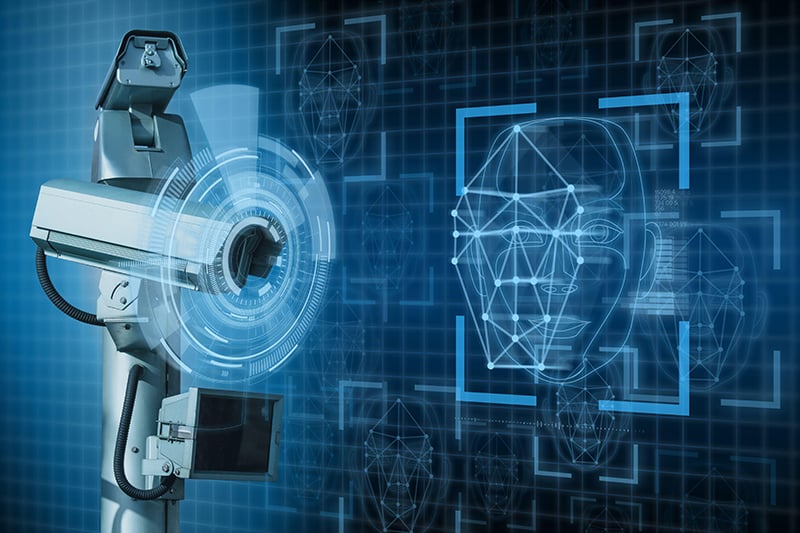
Integration with Artificial Intelligence (AI) and Machine Learning (ML)
The integration of AI and ML technologies is enhancing the capabilities of LPR cameras. Advanced algorithms enable these cameras to learn and adapt, improving their accuracy in license plate recognition and reducing false positives.
Cloud-Based Solutions
Cloud-based LPR solutions are gaining popularity due to their scalability and accessibility. Storing and processing data in the cloud allows for seamless integration with other security systems and facilitates remote monitoring and management.
Mobile LPR Systems
The development of mobile LPR systems has extended the reach of license plate recognition technology. These systems, often mounted on vehicles or drones, provide a flexible and mobile solution for monitoring and tracking vehicles in various environments.
Privacy Concerns and Ethical Considerations
The widespread adoption of LPR technology has raised concerns about privacy and ethical considerations. Issues such as data retention policies, the potential for misuse, and the need for clear regulations are becoming increasingly important as LPR systems become more prevalent.
Conclusion
License Plate Reader cameras, with their ability to swiftly and accurately capture and analyze license plate information, have become an indispensable component of modern security systems. From law enforcement and traffic management to parking facilities and border control, the applications of LPR cameras are diverse and impactful. The benefits of real-time identification, crime prevention, and enhanced security make these cameras a valuable asset in the ever-evolving landscape of security technology.
As advancements in AI, ML, and cloud-based solutions continue, the capabilities of LPR cameras are likely to expand further, offering even more sophisticated and integrated security solutions. However, as with any technology, it is crucial to address privacy concerns and ethical considerations to ensure responsible and transparent use of license plate recognition technology in our increasingly interconnected world. License Plate Reader cameras are not just a tool for surveillance; when implemented thoughtfully, they contribute to creating safer, more secure environments for individuals and communities alike.

